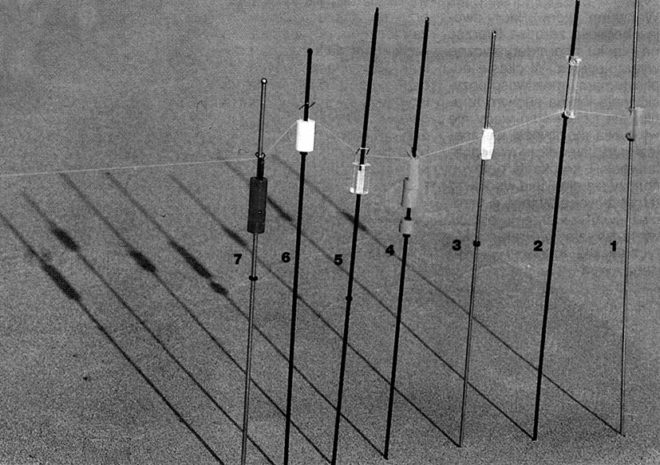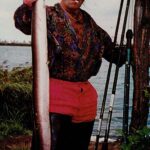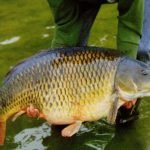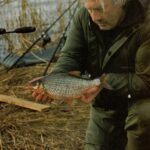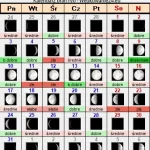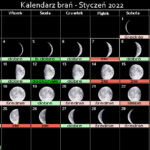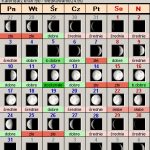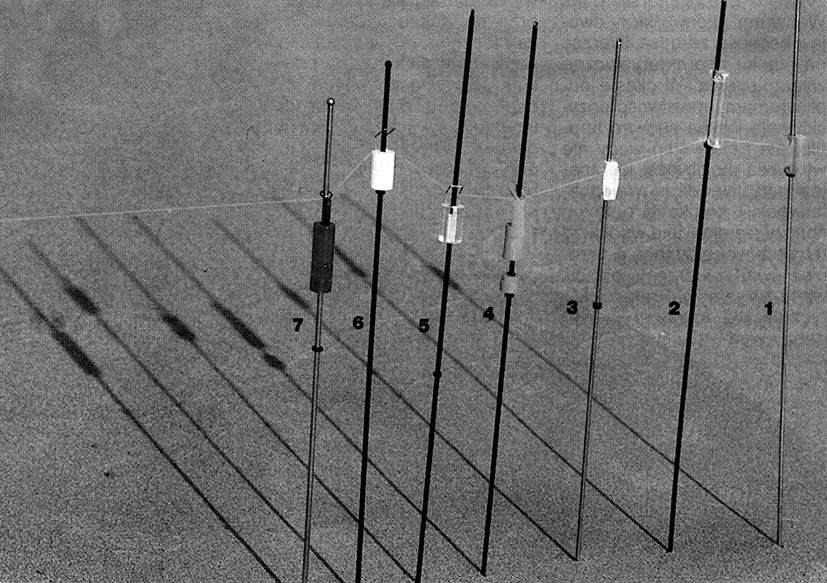 Przegląd przetestowanych wskaźników brań (od prawej): 1 i 2 Windbeater Gardnera, 3 przebudowana „małpka” Gard nera, 4 Grease Monkey, 5 GloMonkey, 6 małpka teflonowa, 7 małpka Fox. (Przebieg żyłki nie jest zgodny z rzeczywistością, służył on do ustawienia).
Przegląd przetestowanych wskaźników brań (od prawej): 1 i 2 Windbeater Gardnera, 3 przebudowana „małpka” Gard nera, 4 Grease Monkey, 5 GloMonkey, 6 małpka teflonowa, 7 małpka Fox. (Przebieg żyłki nie jest zgodny z rzeczywistością, służył on do ustawienia).
Prawie żaden wskaźnik brań w wędkarstwie gruntowym nie przynosi tylu korzyści co „wspinająca się małpka”.
Wędkarze łowiący karpie są wprost zakochani w swoich wskaźnikach brań, zwanych „wspinającą się małpką” („monkey climber”). Nie można się temu dziwić, ponieważ urządzenie to jest niezmiernie praktyczne: łatwe w użyciu, nie wrażliwe na powiew wiatru, czułe, zwalniające żyłkę przy zacięciu, nie ginące po wykonanym manewrze, no i przede wszystkim nie powodujące plątania się żyłki podczas gwałtownej ucieczki karpia.
Ważną zaletą jest też, że możliwa staje się współpraca tego urządzenia z elektronicznym wskaźnikiem brań.
Wskaźnik ten składa się z plastykowej, przeborowanej części, która porusza się na metalowym pręcie wbitym pionowo pod wędką. Żyłkę umieszcza się między plastykowym i metalowym chwytakiem.
Swoją nieco dziwną nazwę zawdzięcza to urządzenie zasadzie swego działania. Otóż w czasie brania, wyżej wymieniony plastykowy wskaźnik podnosi się do góry wzdłuż metalowego pręta, przez co przypomina on wspinającą się na palmę małpkę. W Polsce do tego typu sygnalizatorów wędkarze stosują piłeczkę pingpongową przesuwającą się na drucie. W czasie połowu, kabłąk kołowrotka pozostaje otwarty. Aby nasza „małpka” nie powodowała swoim ciężarem odwijania się żyłki ze szpuli, umiejscawia się ją możliwie blisko kołowrotka.
Branie karpia najczęściej poznajemy po gwałtownym skoku „małpki” w górę, ale może się też przydarzyć, że nasza małpka opuści się na dół, co oznacza, że karp po wzięciu przynęty płynie w naszym kierunku (do brzegu). Z tego względu, najlepiej jest umiejscowić „małpkę” po środku pręta.
Omówmy teraz dostępne w handlu modele i możliwości ich zastosowania.
1 i 2 „Windbeater” Gardnera (w dwóch wielkościach)
Mała wersja (1) jest najstarszym modelem na rynku. Umiejscowiony na zewnątrz środek ciężkości powoduje że ta niedroga „małpka” ma tendencję do obrotu wokół własnej osi. Utrudnia to uwolnienie żyłki podczas zacięcia. Wyposażona w zamykany pojemniczek, pozwala na dodatkowe obciążenie, na przykład śrucinami lub światełkami sygnalizacyjnymi, a jej lekka budowa predysponuje ją do połowów niedaleko od brzegu. Produkowana jest w żółtej, pomarańczowej i fosforyzującej barwie oraz bezbarwna. Większa wersja tej „małpki” wykazuje szczególne skłonności do obrotu wokół własnej osi, a ponadto podczas zacięcia bardzo łatwo odskakuje na bok, co zwłaszcza przy jej przezroczystym wydaniu oznacza później długie szukanie. Obie wersje tej „małpki” są dość „leniwe”, ponieważ reagują dopiero na zdecydowane brania.
3 Przebudowana małpka Gardnera
Zasada działania małpki tak mi przypadła do serca, że chciałem ją użyć również do połowów innych ryb. Dostępne w handlu modele pomyślane są raczej do ciężkich połowów karpia i z tego względu nie nadają się do lżejszego łowienia na grunt. Wspomniany już powyżej, odcięty od małego „Windbeatera”, pojemniczek zmniejsza ciężar więcej niż o połowę. Taki odciążony wskaźnik brań, nadaje się bardzo dobrze do wędkowania na sandacza, lina i karpia.
4 „Grease Monkey” z prętem teflonowym (90/60 cm)
Jest to najtańsza „małpka” na rynku. Dzięki pokryciu teflonem powierzchni pręta, zostało bardzo zredukowane tarcie między małpką i jej prowadnicą. Jeżeli dojdzie jednak do zarysowania warstwy teflonu, osadza się w tym miejscu szlam i ziarenka piasku, co doprowadza do blokowania małpki na pręcie. Sama małpka jest seryjnie wyposażona w dwa ciężarki, przez co istnieje możliwość dostosowania się do wszystkich warunków. Najlepiej funkcjonuje ten model bez obciążenia na krótkie i średnio dalekie dystanse. Ciężar tej małpki jest nawet wystarczający do połowów na ziemniaki lub ciasto. Ten wskaźnik brań daje się również wykorzystać do połowów sandacza i szczupaka. Po zawieszeniu wspomnianego już dodatkowego obciążenia, możliwe są połowy karpia na dalekich dystansach z zamocowanym stałym ołowiem przy systemie. Żyłka zostaje w czasie zacięcia łatwo zwolniona poprzez odchylenie się bocznego chwytaka. Najbardziej podoba mi się wersja tego modelu bez dodatkowego obciążenia. Powoduje ono bowiem dodatkowe tarcie „małpki” na prowadnicy, przy czym jej opadanie na dół jest utrudnione, co z kolei pogarsza czułość wskazywania ucieczki ryby w kierunku brzegu. Dodatkowe obciążenie może prowadzić do utrudnienia zwalniania żyłki. Do nocnego łowienia konieczne jest, doklejenie taśmą izolacyjną elementów fosforyzujących.
